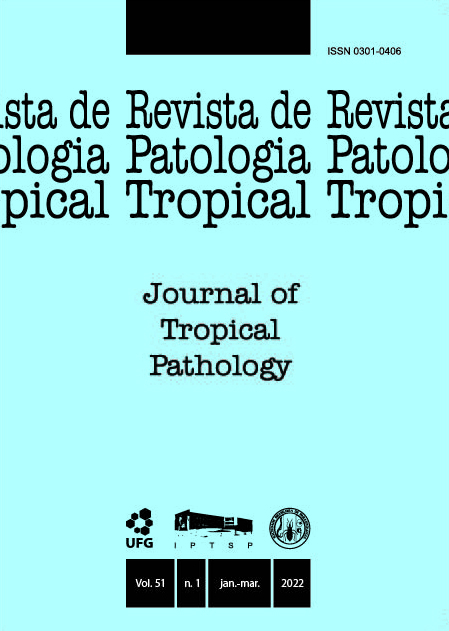Spiders in Brazil: from arachnidism to potential therapeutic use of their venom part 1 of 2
DOI:
https://doi.org/10.5216/rpt.v51i1.67446Abstract
Spider envenomation, generically known as arachnidism, is described in many places around the world. In terms of medical importance, the following genera of animals stand out as the main origin of the morbid condition: Atrax (Sidney funnel web spider), Steatoda (false black widow), Latrodectus (black widow), Loxosceles (brown spider) and Phoneutria (armed spider), the last three causing accidents involving spiders in Brazil. This article, part 1 of 2, aims to present the main aspects of arachnidism in the country, with an emphasis on the biology and geographical distribution of spiders, biochemistry of the venom, pathogenesis and epidemiology of arachnidism, as well as prevention of the morbid condition.
KEY WORDS: Arachnidism; araneae; spider bites; spider venoms.
Downloads
Downloads
Published
How to Cite
Issue
Section
License
The manuscript submission must be accompanied by a letter signed by all authors stating the full name and email address, confirming that the material has not been published or is under consideration for publication elsewhere, and agreeing to transfer copyright in all media and formats for Journal of Tropical Pathology. The authors will not be paid for published articles. They are solely responsible for the content of those articles, even if the Editor holds the right to adjust them to the norms of the journal.
The reviewers will not be paid for the peer review process.

